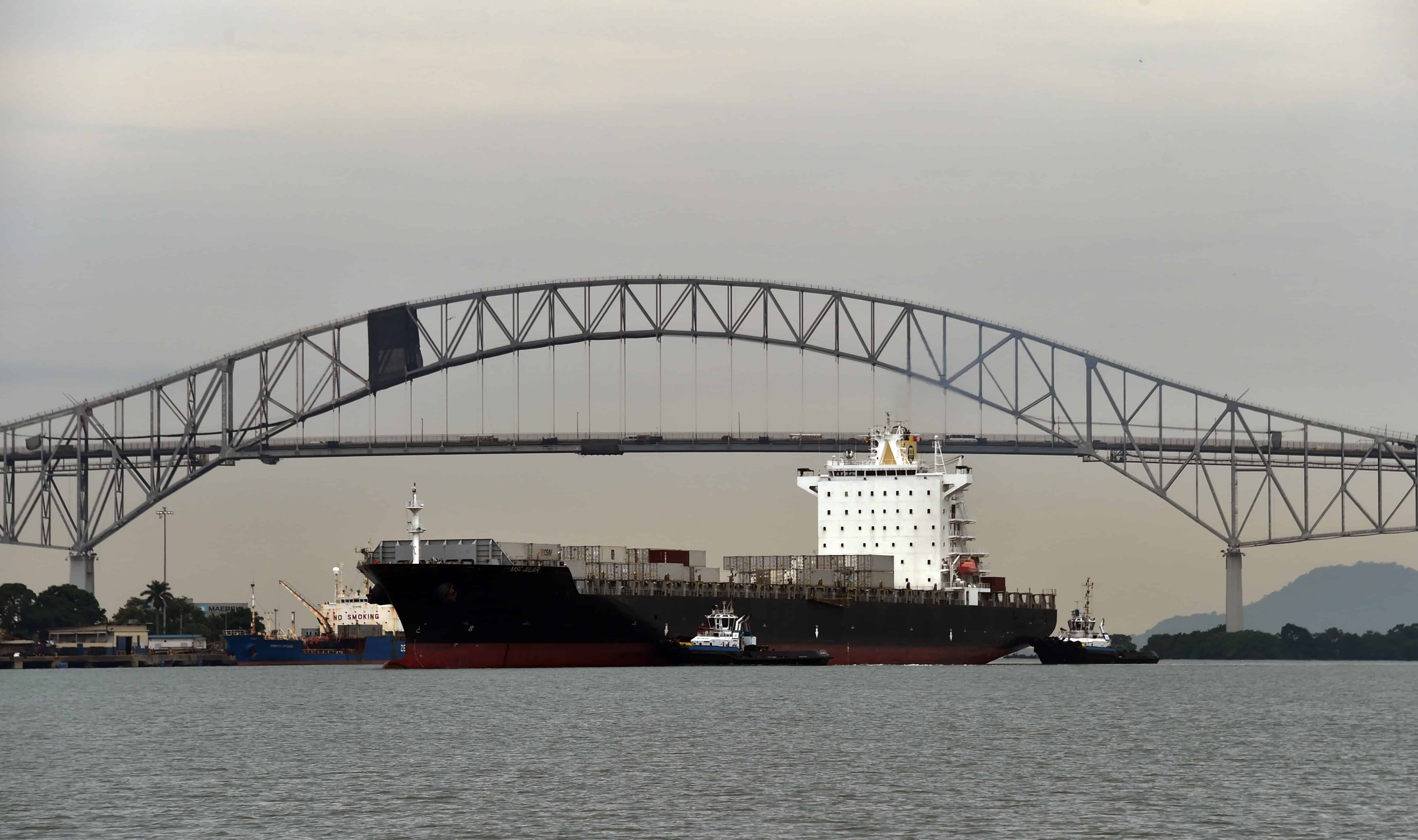The Panama Canal generated a record income of $4.986 billion in the last fiscal year, despite a reduction in vessel transits due to a drought, the maritime route announced this Friday. The Panamanian route “presented preliminary financial results for fiscal year 2024, showing total revenue of $4.986 billion,” stated the Panama Canal Authority in a press release.
The canal’s income, whose fiscal year runs from October 1 to September 30, comes from toll fees, electricity sales, and maritime services. Revenue increased by 1% compared to the previous year, though the growth rate has slowed compared to prior years.
The canal allocates about half of its revenue to operations and maintenance, while the remaining funds go to the Panamanian treasury. This historic revenue figure was achieved despite a decrease in vessel transits and cargo tonnage through the Panamanian route over the last year due to the drought.
Transits fell by 20% (from 14,080 vessels to 11,240), while cargo dropped by 17% (from 511 million tons to 423 million tons). The decline in transits was due to measures implemented by the Panama Canal Authority at the end of 2023 to address water shortages.
Unlike the Suez Canal, the Panama Canal operates with freshwater from two artificial lakes, which experienced a significant drop in levels due to low rainfall. The lack of rain forced the canal authority to reduce the daily passage of vessels from 38 to 22, though the situation began to normalize with the arrival of the rainy season in May.
The increase in revenue is attributed to new tolls and auctions for preferential crossing slots along the 80 km route connecting the Pacific with the Caribbean. The main users of this route are the United States, China, Japan, South Korea, and Chile, and it handles 5% of global maritime trade.







